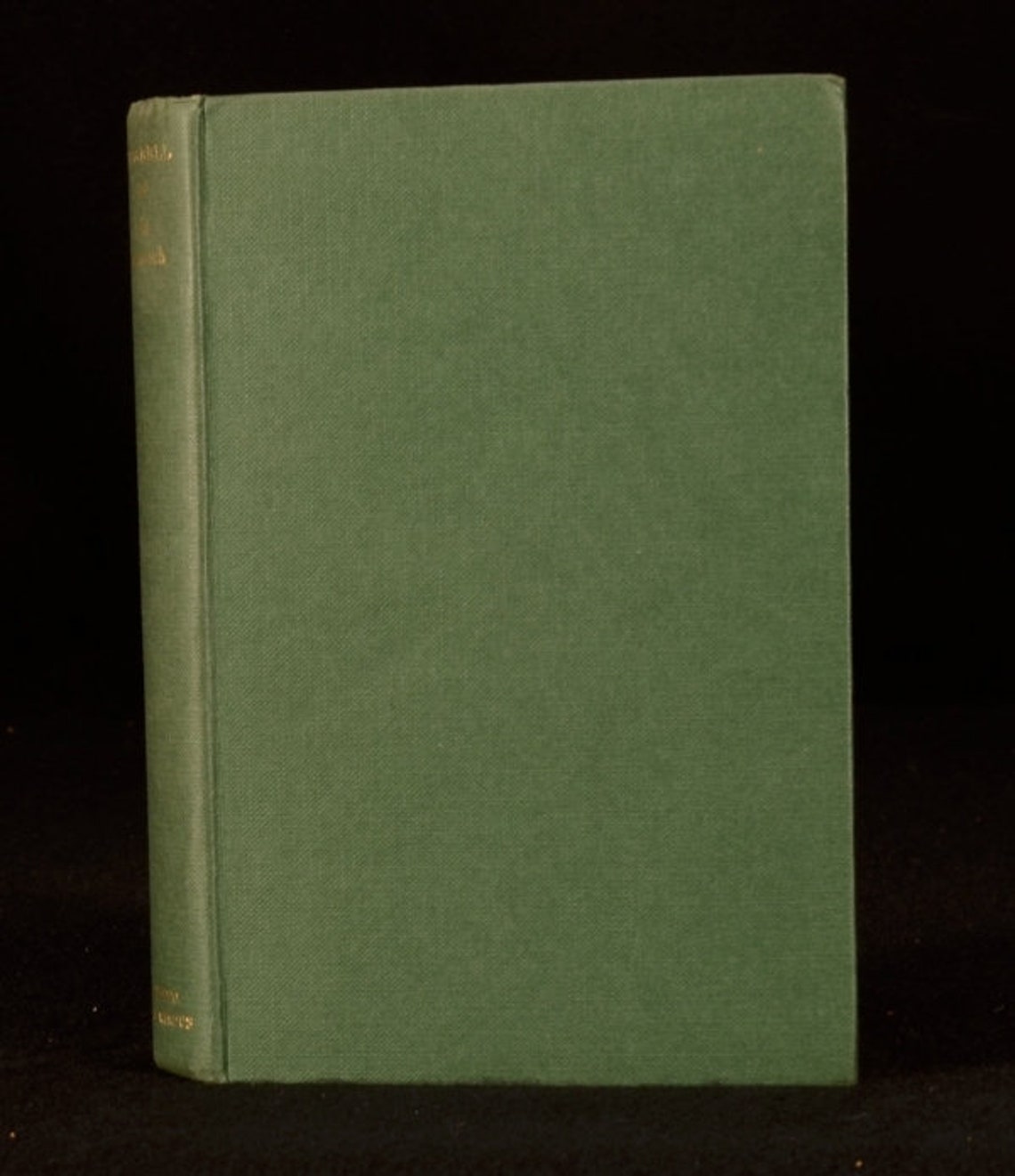
This moment is beautiful, but its beauty is necessary: It sets up one of the motifs of the novel, with Elizabeth as a fairy-tale princess, blonde, sequestered, largely devoid of personality but still an object of obsession for everyone around her. When Muriel removes her mouth from the mirror, she stares into it, entranced, as if “one might see suddenly shimmering into form the apparition of a supernatural princess” within its depths. The passage carries the reader along using subtle alliteration and assonance: “The room appeared again,” Murdoch writes, “but altered, as if seen in water, a little darkened in a silver-gilded powdery haze.” Only a few sentences later, it is revealed to us-although not to Muriel-that Muriel is obsessed with her cousin, caught between wanting to become her and wanting to possess her. Even minor novels like 1966’s The Time of the Angels have breathtaking passages like one in which Muriel, a young poet in her 20s who helps take care of her chronically ill cousin Elizabeth, looks in a mirror in her cousin’s room. Throughout, her idea of “eloquence”-prose that has imaginative verve, precision, and clear style without stooping to beauty for its own sake-shines through.

Over the course of 40 years, she wrote 26 novels and multiple works of philosophy, alongside poems, short stories, plays, and voluminous private correspondence. Murdoch attacked these problems in a body of work that is bewilderingly vast. I knew I needed a release, and, as surely as someone who had just decoded the clues for an escape room, I knew from where this release would come: the novels of Iris Murdoch. As 2021 went on, I felt trapped in the now, during a year few of us enjoyed at all. There’s little room for the reader to do anything but nod in agreement and, often, be impressed by that swooning lyricism. In an era where all consensus seems to have broken down, and a year marked with incredible turmoil in every area of American life, such certainties have their uses, but when it comes to art, they often make the resulting work feel claustrophobic. This would probably be true of any 200 novels taken from any single year, but in 2021 what this perspective often looked like was one of certainty-one of providing answers instead of asking questions, one of making sure the reader knew what the author’s position was and that that position was correct. The moral and political frameworks of the novels-their ideas of what society is and how people should relate to it-had a uniformity as well. The problems, and the perspective on those problems, remained remarkably consistent from book to book.



Though most of the books were marked by either swooning lyricism or Didionesque aphoristic minimalism, this goes deeper than prose style.


 0 kommentar(er)
0 kommentar(er)
